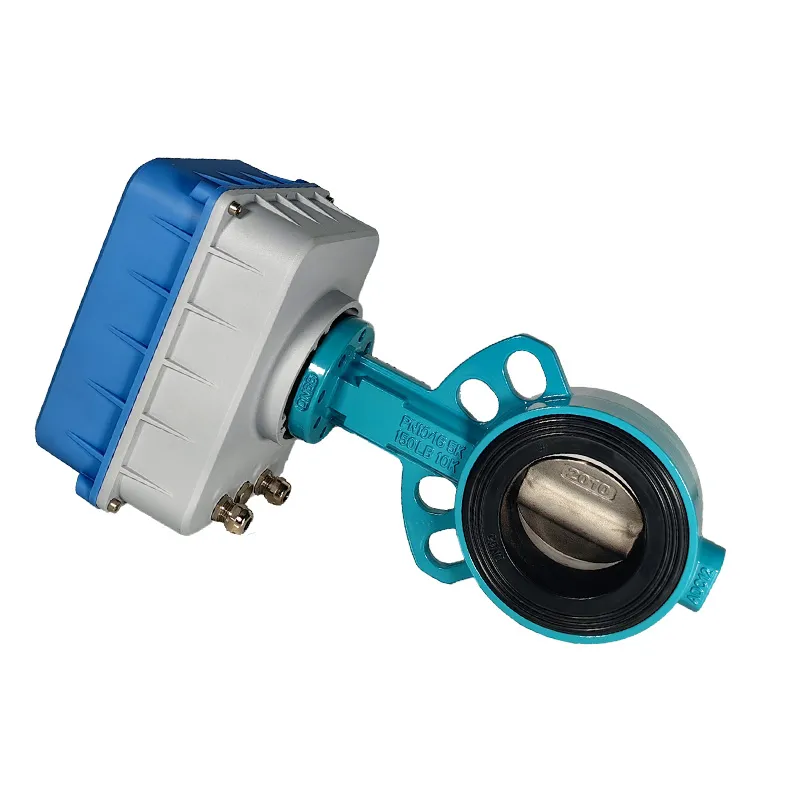Avoid your inquiry is delay response, please enter your WhatsApp/WeChat/Skype along with the message, so we can contact you at the very first time
We will reply you within 24 hours. If for urgent case, please add WhatsApp: +86 13188899036, or WeChat: 0531-87968777. Or call 0531-87968777 directly.
* We respect your confidentiality and all information are protected. We will only use your information to respond to your inquiry and will never send unsolicited emails or promotional messages.
In my valve manufacturing experience, I frequently help clients understand these distinct valve types. The choice between butterfly and gate valves can significantly impact system performance.
Butterfly valves use a rotating disc for quarter-turn operation, while gate valves use a sliding gate with multi-turn operation. Butterfly valves are more compact and faster to operate, while gate valves handle higher pressures.
Throughout my consulting work, this question often arises when discussing control options.
Let me share insights from years of designing and implementing both valve types in various applications.

Butterfly valves can be either manual or automatic.1 They can be operated by hand levers, gear operators, or automated actuators (electric, pneumatic, or hydraulic), providing flexibility for different applications.
My experience in valve automation has taught me the benefits and limitations of different operating methods. Let me share detailed insights.
Operation Types:
From recent installations:
| Operation Type | Response Time | Cost Level | Application |
|---|---|---|---|
| Manual Lever | 2-3 seconds | Low | Simple isolation |
| Gear Manual | 8-10 seconds | Medium | Large valves |
| Electric | 15-30 seconds | High | Remote control |
| Pneumatic | 1-2 seconds | High | Fast action |
| Hydraulic | 3-5 seconds | Very High | High torque |
Based on my manufacturing expertise, proper valve selection requires careful consideration of multiple factors.
Selecting a butterfly valve depends on size, pressure, temperature, media type, and operating requirements. Key factors include body style, disc design, seat material, and actuation method.
Through years of helping clients select butterfly valves, I’ve developed a comprehensive selection process2. Let me share my proven methodology.
Selection Criteria:
From my design experience:
| Factor | Consideration | Impact |
|---|---|---|
| Size | 2″-96″ | Space and cost |
| Pressure | Up to 740 PSI | Body style |
| Temperature | -50°F to 500°F | Seat material |
| Media | Clean/Dirty | Disc design |
| Control | On-Off/Throttle | Actuator type |
Through my valve manufacturing career, I’ve often explained this important distinction.
A throttle valve3 is specifically designed for flow control, while a butterfly valve can perform both isolation and limited throttling. Throttle valves offer better control characteristics but are more expensive.
My experience in flow control applications has shown clear differences between these valve types. Let me share specific insights.
Key Differences:
From field testing:
| Feature | Throttle Valve | Butterfly Valve |
|---|---|---|
| Control | ±1% | ±5% |
| Range | 50:1 | 10:1 |
| Cost | Higher | Lower |
| Size Range | Limited | Wide |
| Maintenance | Complex | Simple |
From my years of valve manufacturing, this is crucial for safe operation and maintenance.
Butterfly valve position4 can be determined by the handle or indicator orientation, visible disc edge, and position indicators. Modern automated valves also provide electronic position feedback.
My experience in valve design has taught me the importance of clear position indication. Let me share various methods and their reliability.
Position Indicators:
From implementation experience:
| Method | Reliability | Application |
|---|---|---|
| Handle Position | 100% | Manual valves |
| Visual Disc | 95% | Clear media |
| Position Marker | 98% | All types |
| Electronic | 99% | Automated valves |
| Remote Sensing | 97% | Control systems |
Key Features:
Understanding the differences between butterfly valves and other valve types is crucial for proper selection and application. Their versatility in operation methods, combined with proper selection criteria, makes them valuable components in many fluid control systems.